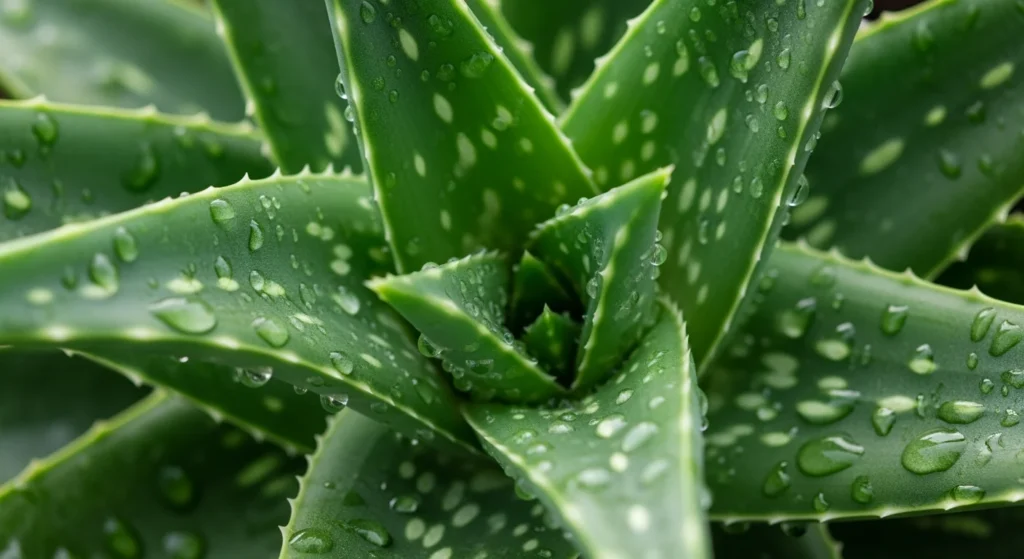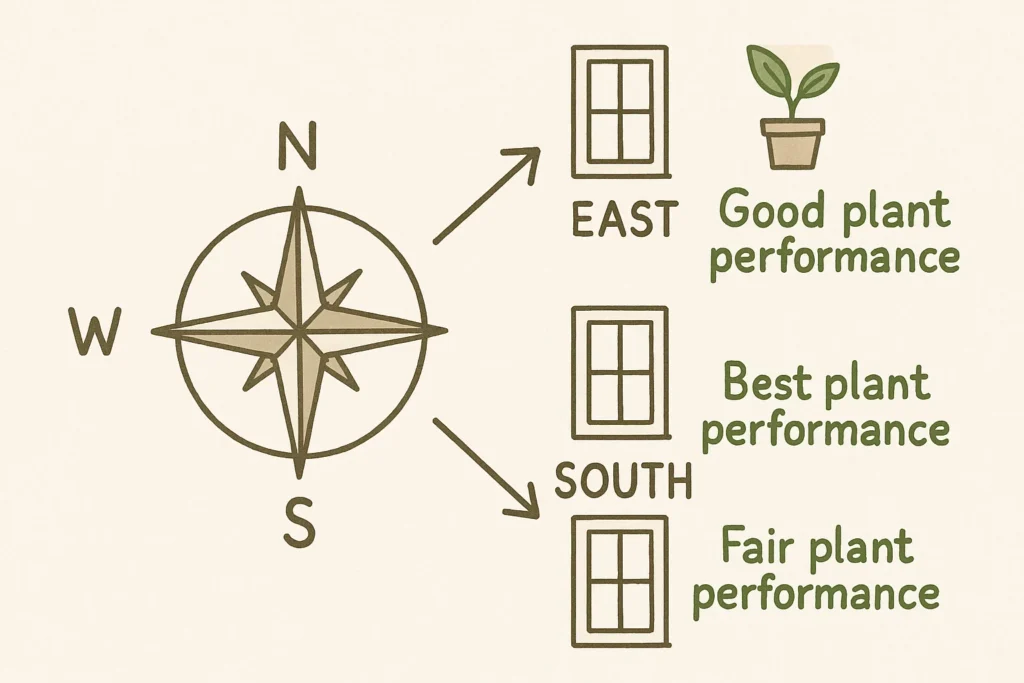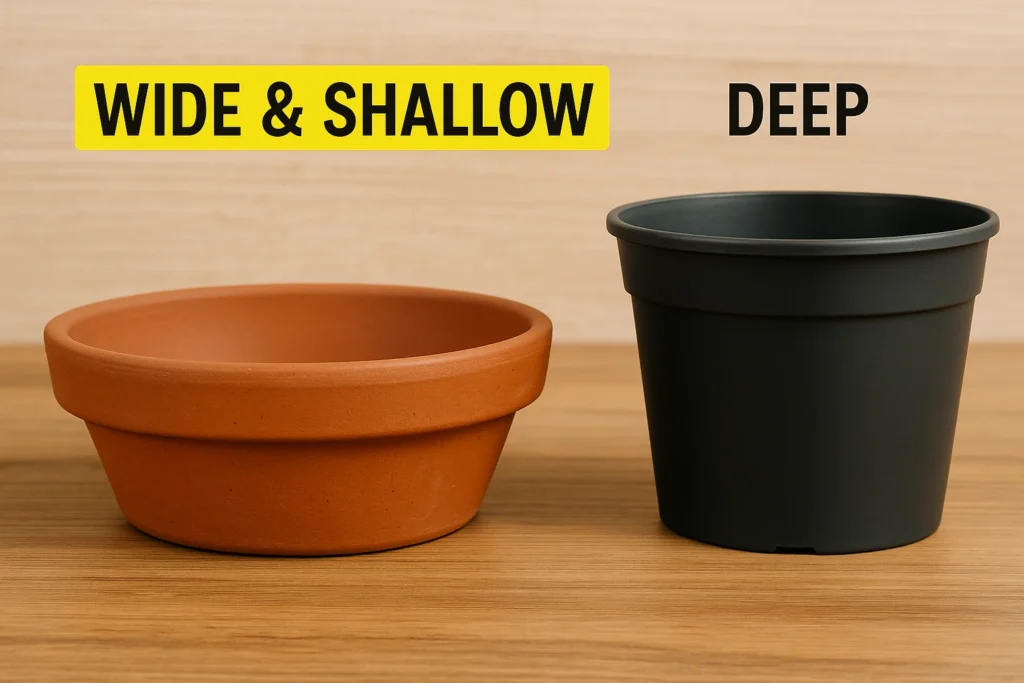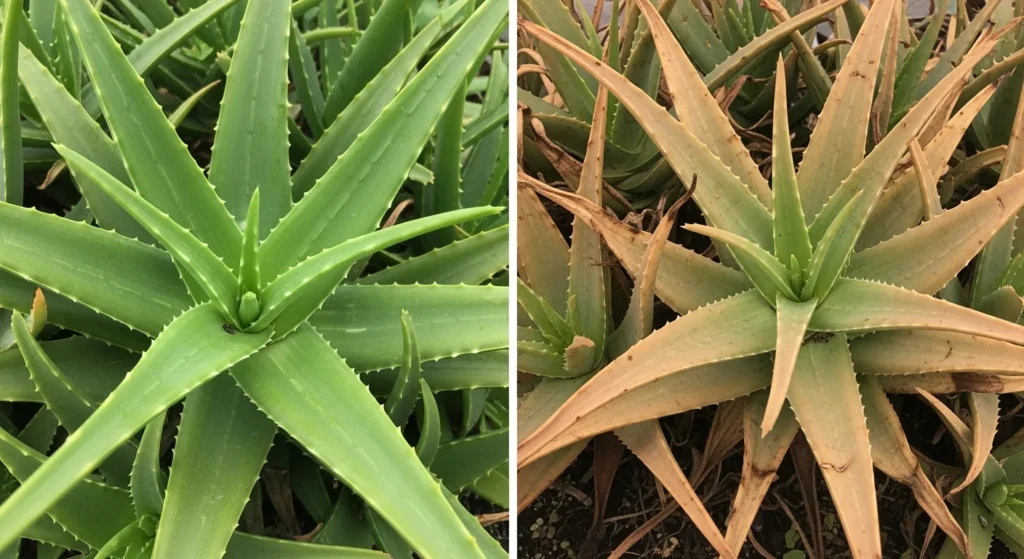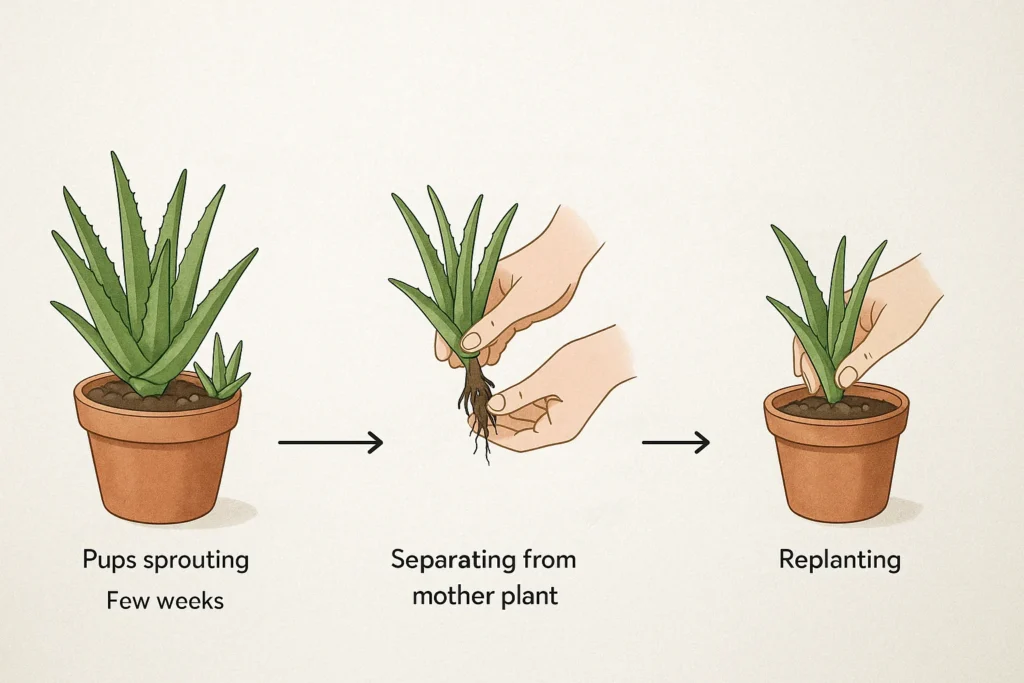Why My Aloe Vera Plant Lives on My Windowsill Year-Round
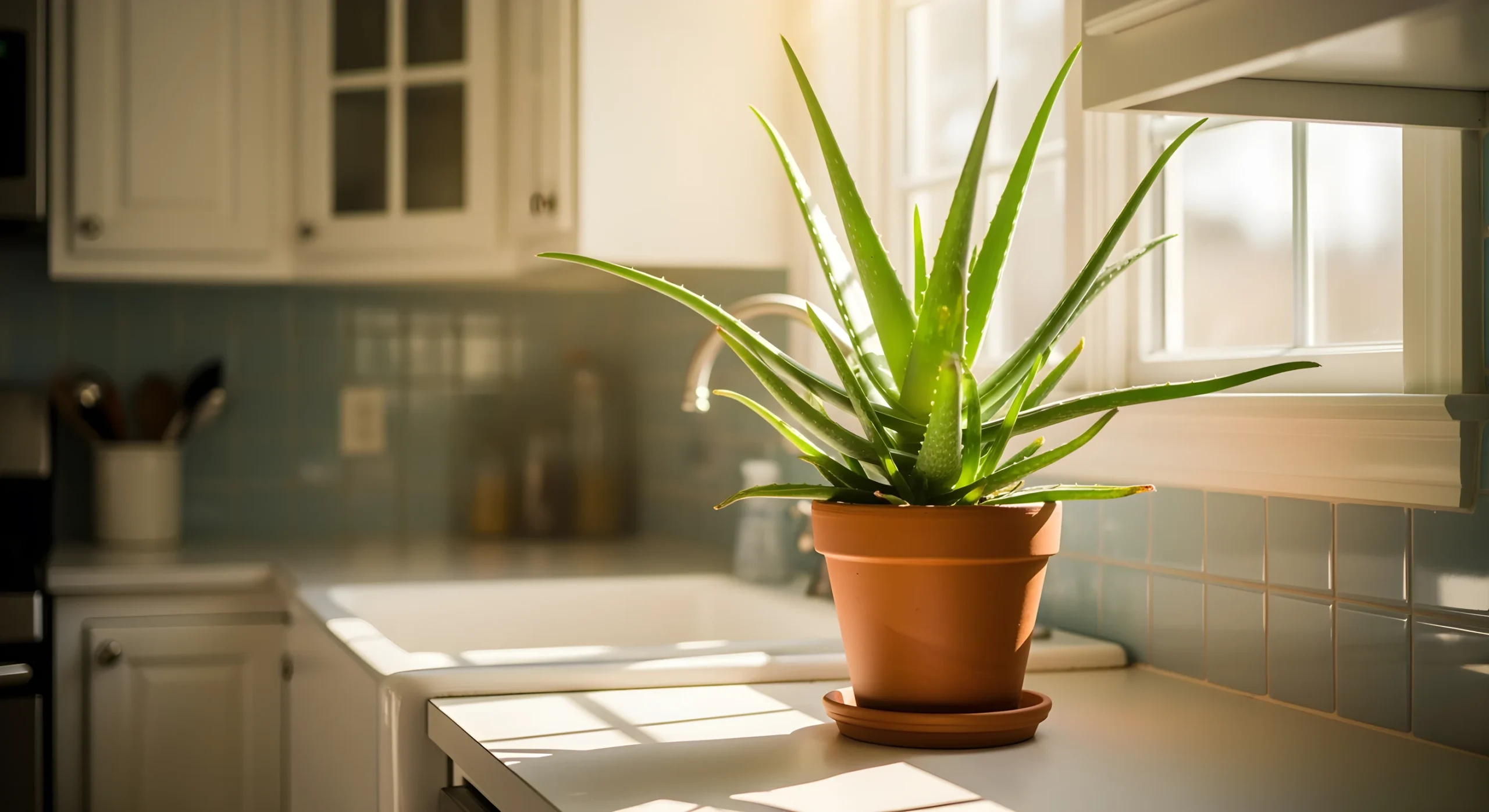
It’s hard to explain exactly why I’ve stuck with aloe vera for so long. Maybe it’s the way the leaves catch the afternoon light, or maybe it’s just stubborn habit. Either way, this one plant has earned its permanent place on my kitchen windowsill — even though I’ve flirted with replacing it more than once.
In a world full of trendier houseplants, aloe vera feels a bit old-school. But that’s part of its charm. It’s practical, low-maintenance, and quietly beautiful. And over time, it’s become the one plant I instinctively reach for, whether I need to soothe a burn or just want a little green to brighten the room.
Let’s talk about why aloe deserves more credit than it gets — and why it might just earn a spot in your home too.
Aloe Vera Care: The Basics Still Work
Aloe’s care needs haven’t changed, even if our plant obsessions have. It’s a sun-loving, drought-tolerant succulent that thrives on neglect. I water mine maybe every two to three weeks in summer, even less in winter. Some weeks, I forget it entirely. It doesn’t seem to mind.
That said, I’ve noticed it doesn’t appreciate deep shade — contrary to what some articles might suggest. Yes, it can survive low light for a while, but “survive” is doing a lot of heavy lifting there. You’ll get a lanky, pale plant that seems to just exist, not thrive.
On my east-facing windowsill, it gets enough morning sun to keep the leaves plump and upright, but not so much that it burns. It’s not a magic formula — it’s just what works for this spot. Yours might be different.
Why Aloe Vera Is More Than a “Medicinal Plant”?
We often frame aloe as a “useful” plant — which it is. But that label also flattens it. It’s like calling a Swiss Army knife “just practical.” Sure, it helps with minor burns, bug bites, and dry patches, but it also grows in this elegant, sculptural way that feels quietly intentional.
I’ve never actually used mine for skincare more than a handful of times. Honestly, when I cut into the leaf, the slimy texture kind of puts me off. But knowing I could use it gives it a kind of presence — it’s not just decor. It’s a plant with purpose.
There’s also something grounding about having a plant that people have trusted for centuries. Aloe’s been used in Egypt, Greece, India… and now, apparently, on my windowsill next to a chipped coffee mug. It’s a strange kind of continuity.
Best Soil for Aloe Vera: Not All Mixes Are Equal
A lot of plant blogs will tell you to use “well-draining soil,” which is accurate — but also vague. I’ve tested a few options: cactus mix, DIY blends with sand and perlite, and even a lazy potting mix with gravel at the bottom.
What worked best? Surprisingly, the plain cactus mix with added pumice gave me the most consistent results. It dries out quickly, but still holds enough moisture for the roots to grip.
Avoid peat-heavy soils. They stay damp for too long and encourage root rot. I learned that the hard way. Aloe is forgiving, but even it has limits.
Windowsill Positioning: East vs. South vs. West
Let’s talk about sun exposure, because it makes a bigger difference than people realize. I tried placing my aloe on a south-facing sill once — and it started getting these reddish, stressed leaf tips within a week. That intense midday sun was just too harsh.
West-facing worked okay, but the evening heat felt a bit too strong in summer.
East-facing, for my climate at least, seems to hit the sweet spot:
- Morning sun: gentle, consistent
- Indirect light midday: avoids heat stress
- Cooler evenings: helps prevent dehydration
Of course, this isn’t universal. Someone in Arizona will have a different experience than someone in coastal Maine. But the general takeaway? Watch the plant more than the compass. If the leaves are drooping or turning reddish, it’s telling you something.
Container Tips: Don’t Just Grab Any Pot
I used to think any pot with a drainage hole was fine. And yes, drainage is non-negotiable. But the shape of the pot also matters.
Shallow, wide pots work best for aloe. The roots don’t grow deep — they spread sideways. Every time I’ve moved mine into a taller pot, the base got unstable and leaned toward the light, like it was trying to escape.
I also avoid plastic. It retains too much moisture, and aloe hates wet feet. Terra cotta may dry out faster, but that’s exactly why it works.
Aloe in Winter: Dormant, But Still Present
In colder months, aloe enters a sort of sleepy phase. Growth slows, water needs drop, and the plant just… exists. I’ve sometimes gone a full month without watering during December.
Here’s the weird part though: it still adds something. Maybe it’s psychological, but seeing that green structure when the rest of the garden is bare gives a tiny illusion of summer. It reminds me that something is still alive, even when everything else has shut down.
That said, I don’t fertilize in winter. I don’t rotate it. I just let it be — even if that goes against every houseplant guide telling you to “adjust care through the seasons.”
What Happens When You Ignore It? (Spoiler: Not Much)
One of the reasons I’ve kept aloe so long is because it lets me be inconsistent.
I’ve gone on trips and left it behind. I’ve forgotten to water it during stressful work weeks. I’ve even knocked it off the windowsill once, dirt everywhere. And still — it grows. Slowly, steadily, and without drama.
That quiet resilience is underrated. Plants that need constant humidity monitoring or precise watering schedules might be beautiful, but they become one more task. Aloe doesn’t ask for that.
It just wants sunlight, dry soil, and to be left alone more often than not. That feels like a relief.
But Let’s Be Honest: It’s Not That Pretty
Okay, confession time. Aloe isn’t the most visually striking plant. It doesn’t trail like pothos, doesn’t flower dramatically like peace lilies, and its dusty green leaves can look a bit tired in low light.
There are times I’ve thought about replacing it — maybe with a calathea or something more dramatic. But then I remember how little aloe asks from me, and how much space it quietly fills.
Its plainness is part of what makes it stay. In a house full of overstimulating screens and endless digital tasks, it’s nice to have something still.
Propagating Aloe: Surprisingly Fun (And a Bit Addictive)
Eventually, aloe rewards you with pups — tiny offshoots around the base. They’re oddly satisfying to remove and repot. I’ve gifted them to friends, planted a few in outdoor containers, and once even used them as party favors.
There’s something unexpectedly rewarding about seeing your plant replicate itself. It feels like a small win, even if you don’t do anything special to make it happen.
Just make sure to wait until the pups are big enough. If you remove them too early, they often don’t root well — something I learned after my first enthusiastic attempt.
Final Thoughts: It’s Not Fancy, But It’s Real
Aloe vera doesn’t trend on Instagram. It won’t wow your guests. But it might stick with you longer than you expect.
It’s not the easiest plant to love at first glance. But over time, it earns a kind of quiet loyalty. For me, that’s worth more than a few flashy leaves.
And maybe that’s the point. In a hobby full of rare varieties and carefully staged shelfies, aloe reminds you why you started growing plants in the first place: not for the likes, but for the life it adds to your space.

